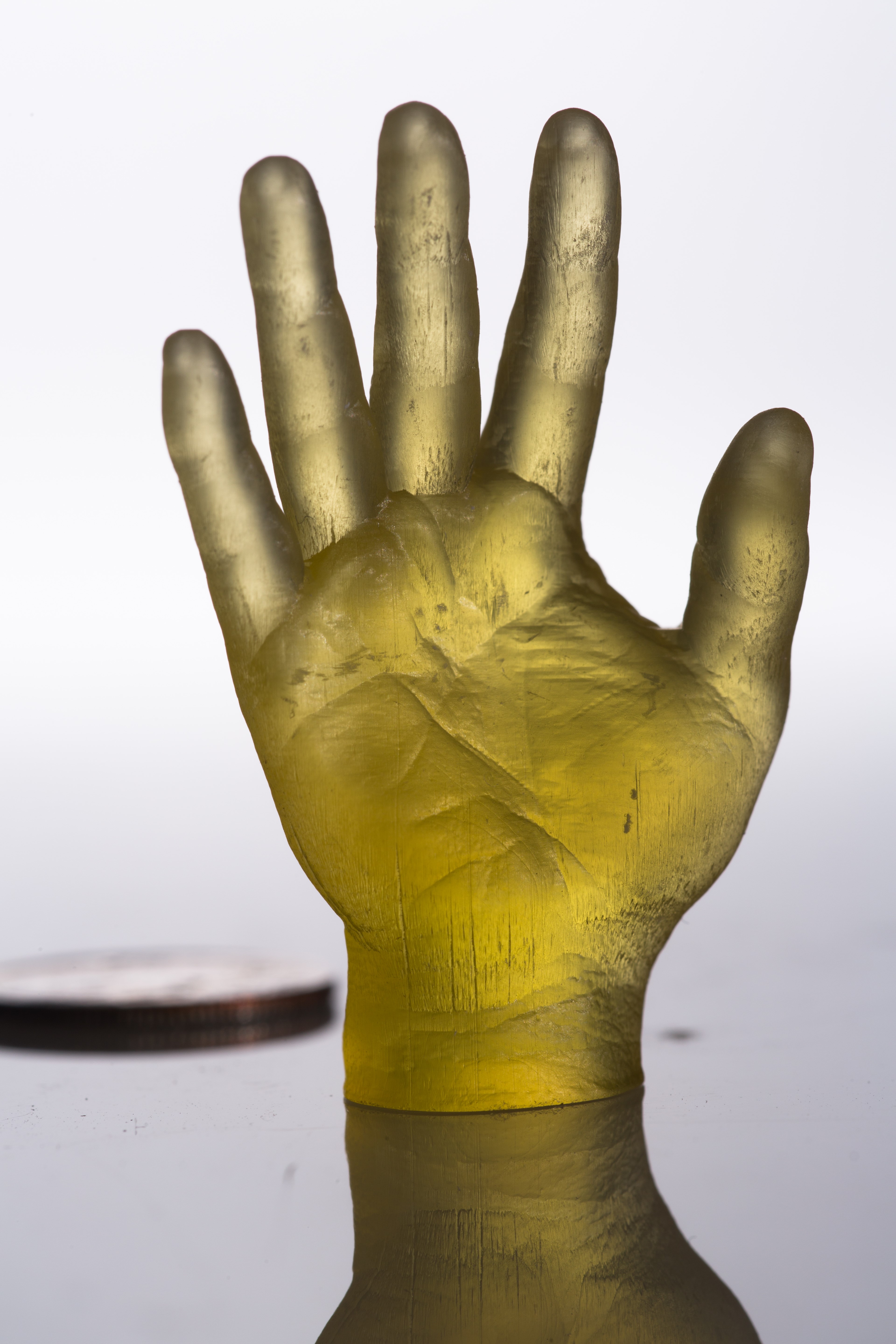Fast Projection Stereolithography Printing of Large-Scale Biocompatible Hydrogels
3D Fast Hydrogel Stereolithography (FLOAT) Printing for rapid organ production.
Sadly time does not heal all wounds. As the years accumulate, more and more body parts are damaged or lost. Replacement of these parts by transplantation has produced a mixed bag. The adaptation of 3D-printing to biological tissues offers the hope of manufactured organs. However standard printing of hydrogels is slow with distorted parts and significant cell damage. Newer methods such as continuous liquid interface production (CLIP) speed up the process. Due to the physical aspects caused by the low fluidity resin used CLIP remains suitable only for small, thin walled parts.
This Fast Hydrogel Stereolithography (FLOAT) printing, developed by University at Buffalo researchers, uses a highly fluid resin to increase velocity flow allowing a lower suction force during digital mask projection-stereolithography (MP-SLA) printing. It is capable of producing complex, hierarchical structures such as organs made with networks of vessels capable of supplying nourishing media. The process allows printing centimeter sized hydrogel structures with embedded cells in minutes instead of the hours it would normally take.

- Rapid
- Complex structures of shape and cellular composition
- Large structures possible
- Tissue/organ engineering
- Research applications
- Diagnostic assay development
Non-provisional patent application 17/970,052 filed 10.20.22
Technology Readiness Level (TRL): 4-Technology validated in laboratory environment.
Available for licensing or collaboration.
Patent Information:
| App Type |
Country |
Serial No. |
Patent No. |
Patent Status |
File Date |
Issued Date |
Expire Date |
|